Category: Shape-shifting
-
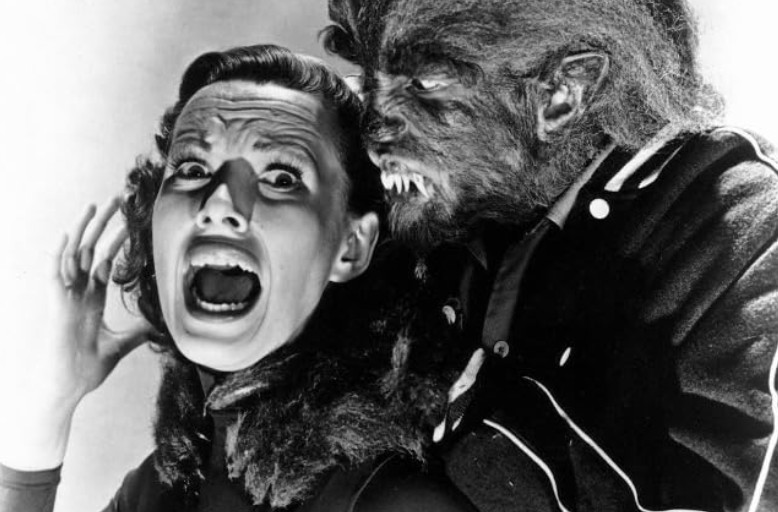
I Was a Teenage Werewolf
A mad scientist regresses a troubled teen into his primal state: a werewolf. AIP’s iconic low-budget horror was the frst starring role of Michael Landon. Beneath the cheeky facade, serious themes are explored. 5/10
-
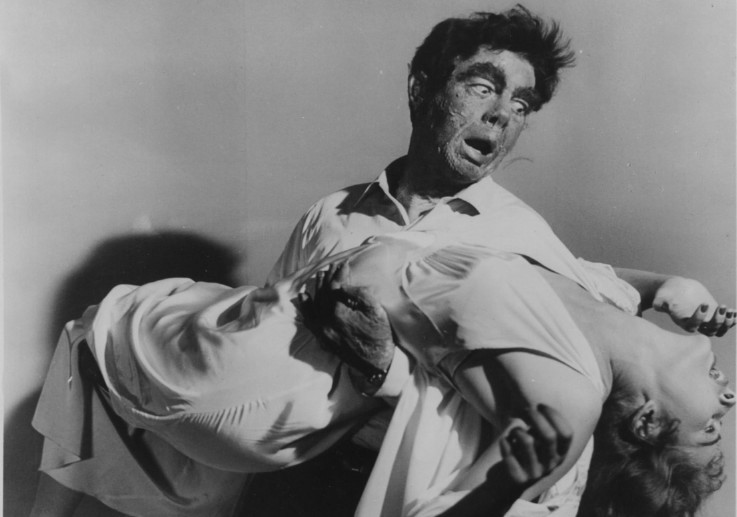
The Vampire
A doctor accidentally takes a pill which turns him into a vampire at night, and starts killing people. This 1957 low-budget production is surprisingly engaging thanks to a well-crafted script and good performances. 7/10
-
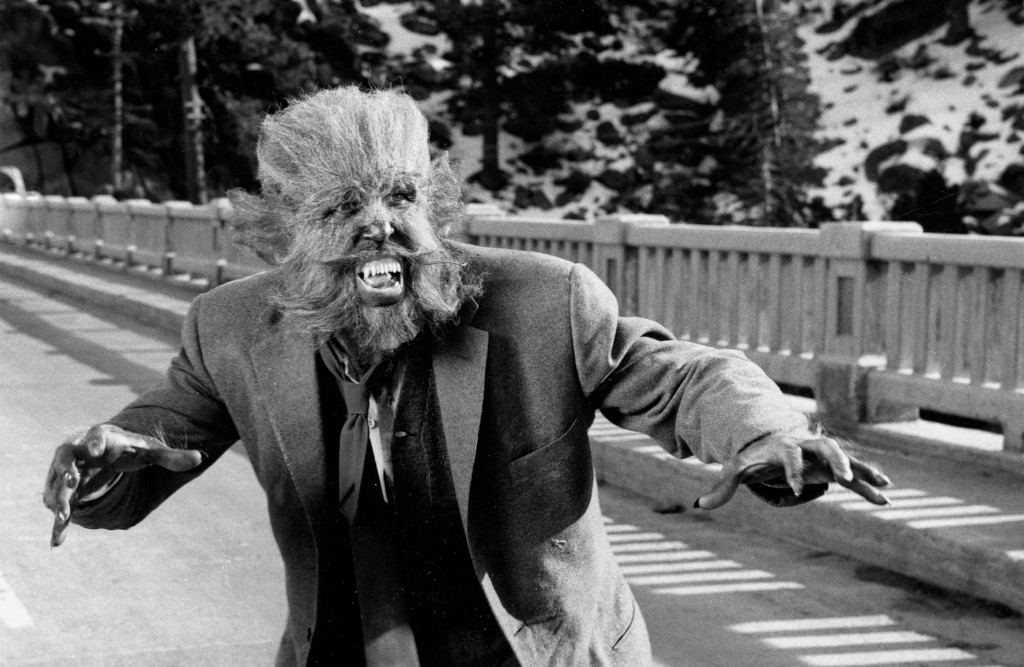
The Werewolf
Evil scientists turn an unwitting family man into a werewolf and let him loose in a sleepy small town. Made on a shoestring with bit-part actors, this 1956 Columbia melodrama packs some nice visuals and interesting, adult themes. 6/10.
-

The Early SF Movies of Percy Stow
Percy Stow was one of the pioneers of British trick films, and often took on science fiction subjects in his short films made between 1901 and 1915. In these he showcased high technical quality and a touch of originality.
-
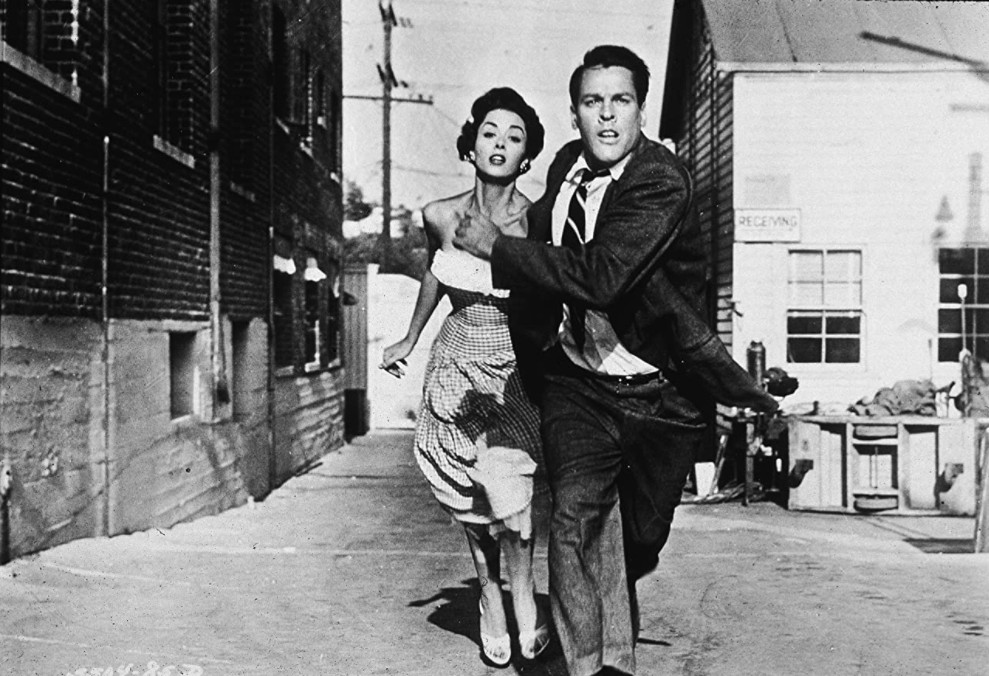
Invasion of the Body Snatchers
This 1956 SF thriller directed by Don Siegel is a masterpiece dissecting American post-war paranoia and timeless themes of losing one’s identity and sense of belonging. One of the few fifties horror films that is still spine-chilling today. 10/10
-
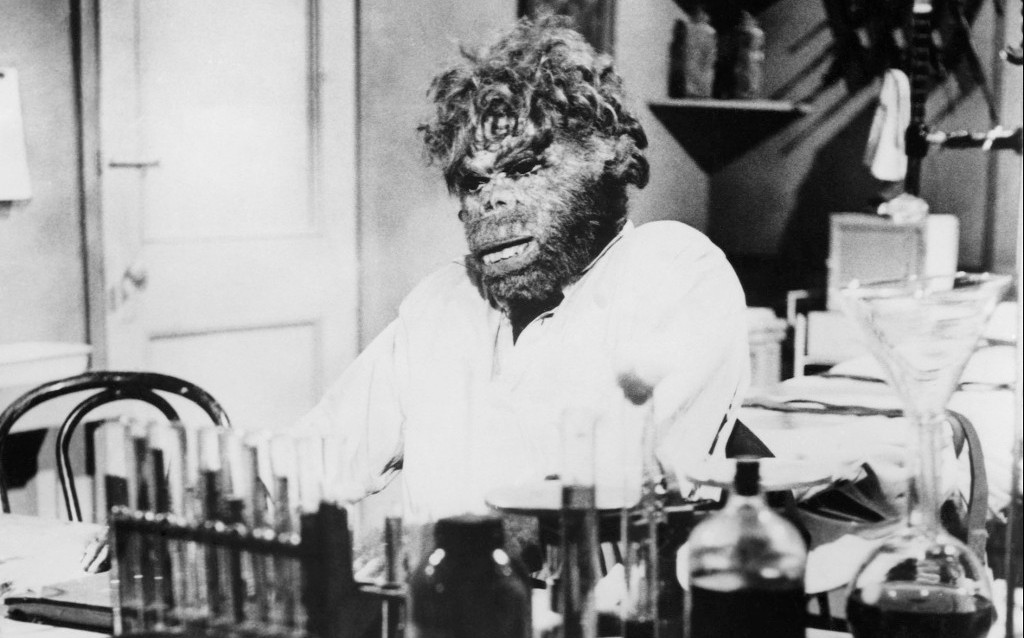
The Neanderthal Man
A scientist transforms himself to a Neanderthal man and starts molesting women in this cheap and belated mad doctor entry from 1953. 3/10
-
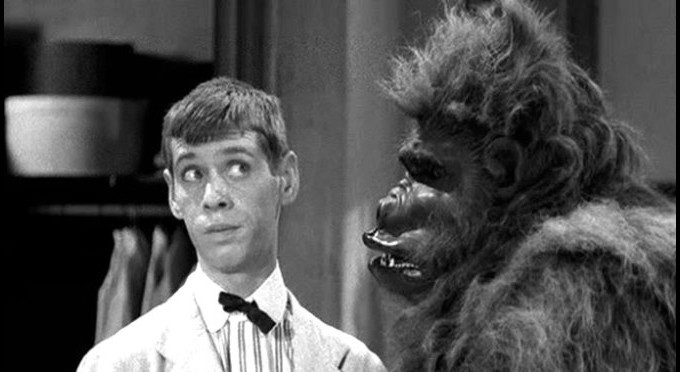
Bela Lugosi Meets a Brooklyn Gorilla
Often cited as one of the worst films ever made, this 1952 low-budget mad scientist/jungle comedy is better than its reputation – if you can get past Sammy Petrillo’s Jerry Lewis imitation. 3/10
-
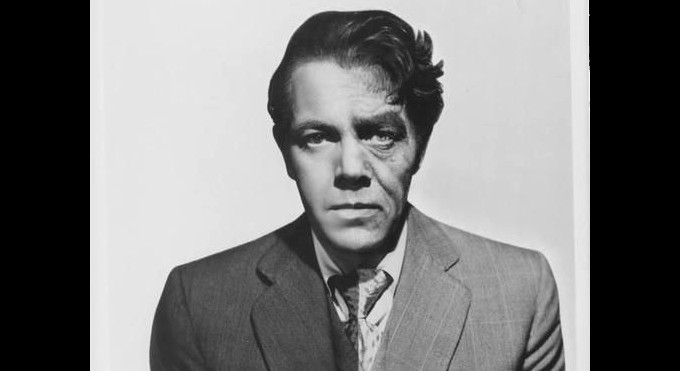
The Son of Dr. Jekyll
Edward Jekyll tries to clear his family name by recreating his father’s experiments, but a scandal-hungry society, his friends and even his own sanity seems to conspire against him. A laudable, but meandering 1951 low-budget effort from the pen of Jack Pollexfen. 4/10
-
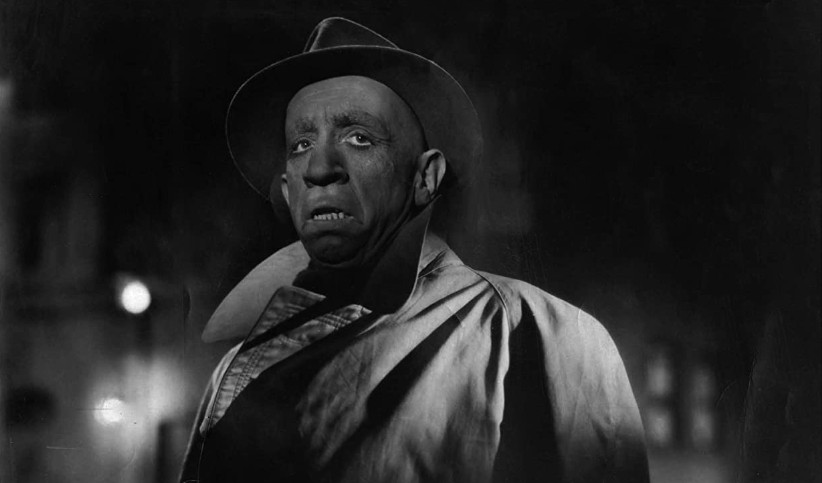
The Strange Case of the Man and the Beast
Dr. Jekyll gets a family in this Argentine rarity from 1951, which is probably the earliest preserved non-US adaptation of R.L. Stevenson’s famous novella. Actor/director Mario Soffici impresses both in the dual title role and with his moody, impressionist lighting schemes and editing.
-
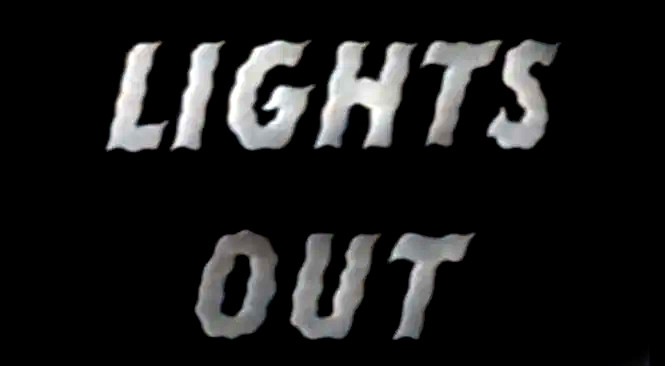
Lights Out
The first anthology TV show to feature science fiction, Lights Out was adapted from a popular horror radio show in the US in 1949. Lights Out sports an impressive roster of actors and writers, but it struggles somewhat to transfer what was so great about the radio program to the…
-
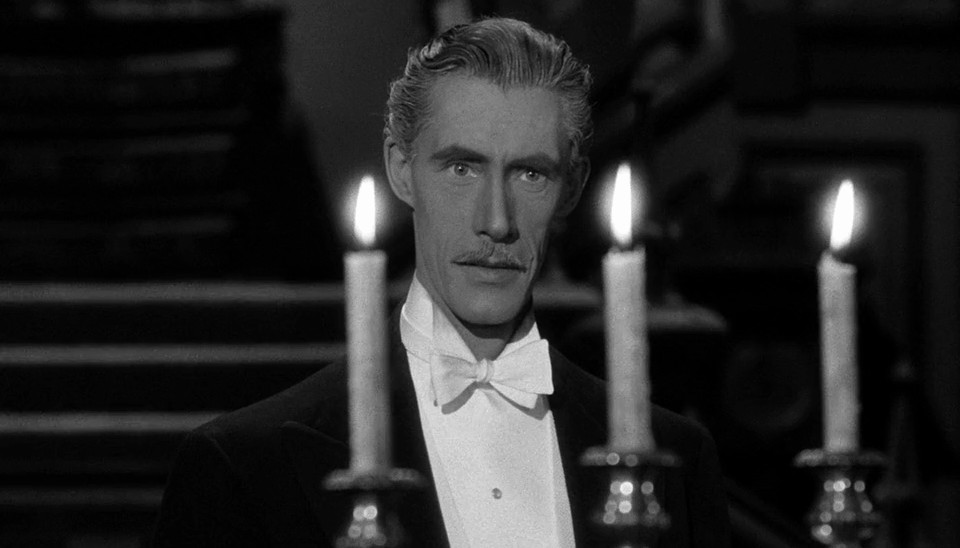
House of Dracula
Universal’s third monster mash film from 1945 is a decent, if not necessarily worthy, farewell to the studio’s legendary ghouls. Despite flashes of originality, it feels as if we are re-heating the same TV dinner for the umpteenth time before the SF movies of the US caught up with the…
-
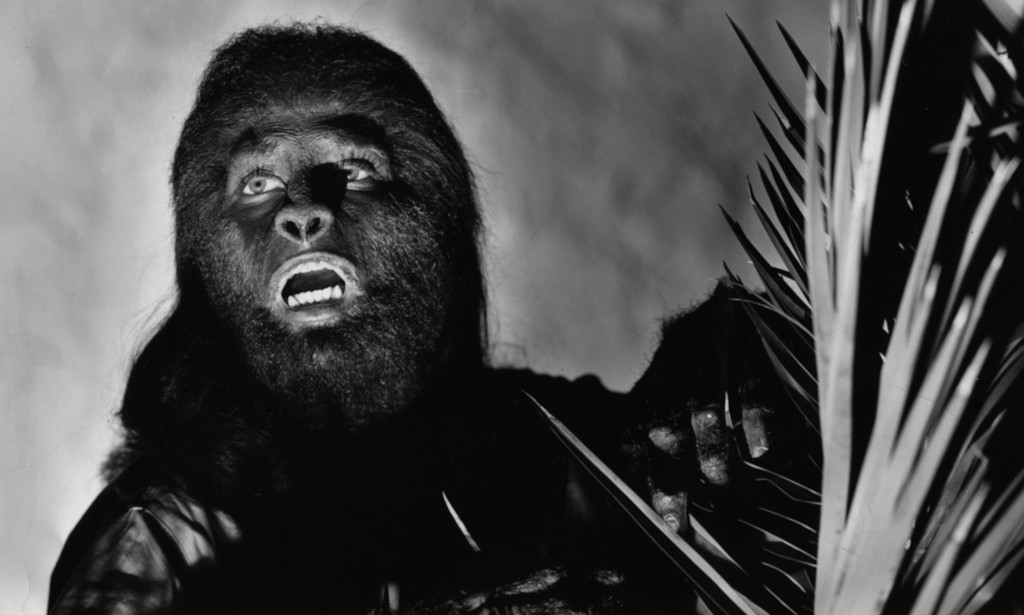
The Jungle Captive
The third and final instalment of Universal’s Ape Woman series was released in 1945 to an indifferent audience. The film piles one mad scientist trope on another as a nutty egghead conspires to raise the ape woman from the dead, using the leading lady’s vital fluids to do so. Nevertheless,…
-
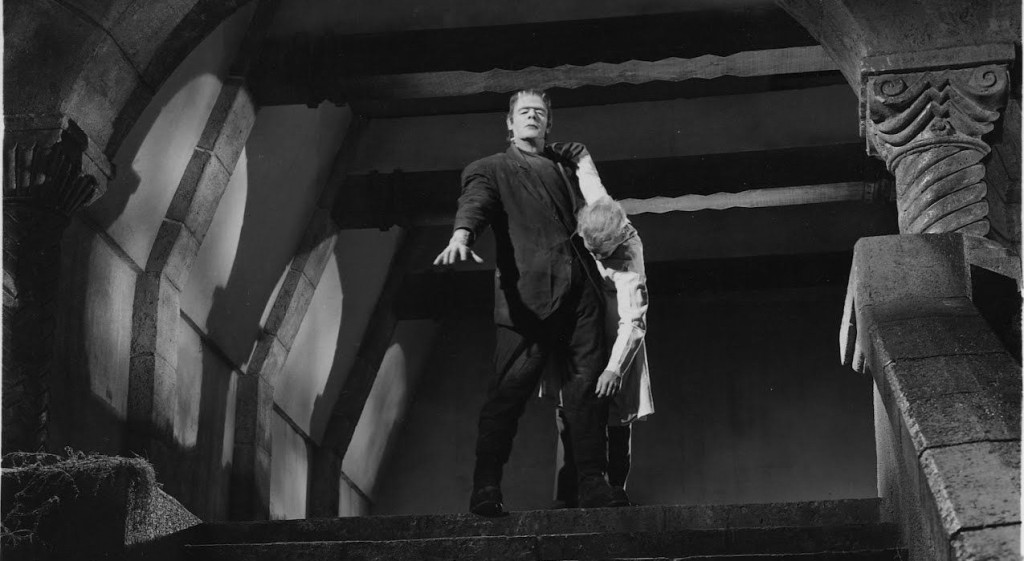
House of Frankenstein
Universal’s House of Frankenstein sees Boris Karloff as a mad scientist hiring Dracula as a hit man, attempting to cure the Wolf Man and restart the Frankenstein monster. All while J. Carrol Naish’s hunchback is trying to bonk a gypsy girl who’s in love with the werewolf. While the nutty…
-
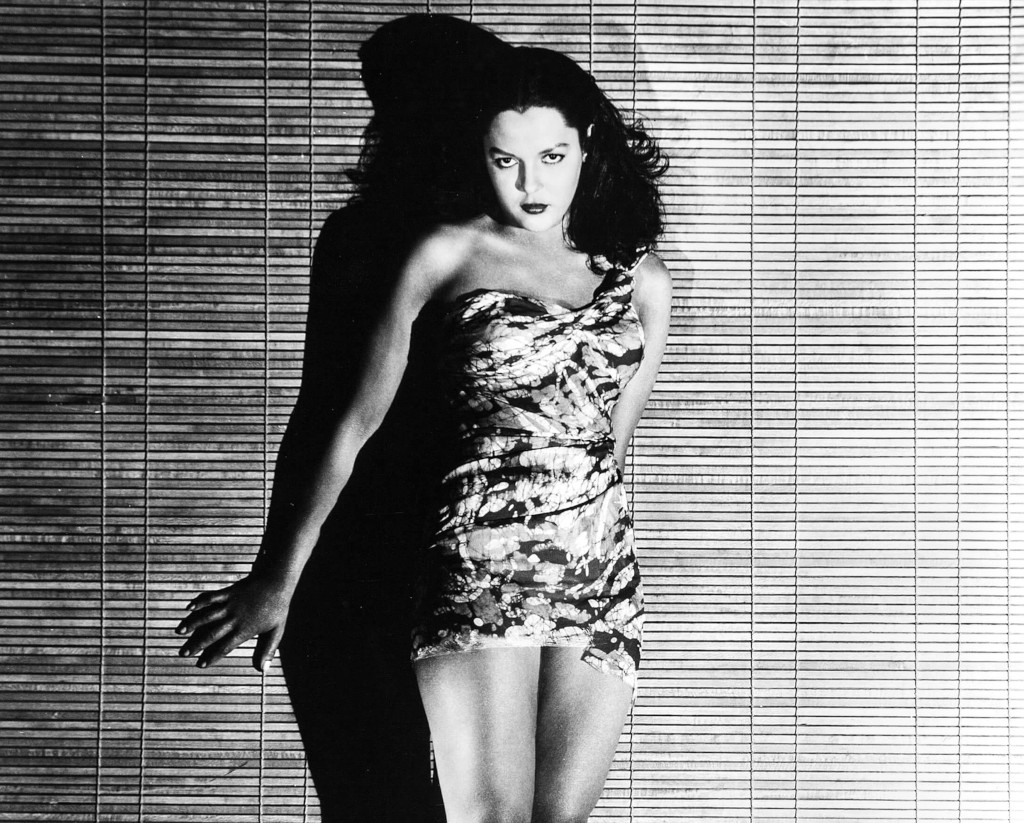
Jungle Woman
Acquanetta the Ape Woman returns in a 1944 sequel to Universal’s Captive Wild Woman. The first 20 minutes go by in flashbacks from the original picture, before the wild woman is resurrected and goes ape, off-screen, in a mental asylum. An ill-conceived and clumsy effort, this is a monster movie…
-
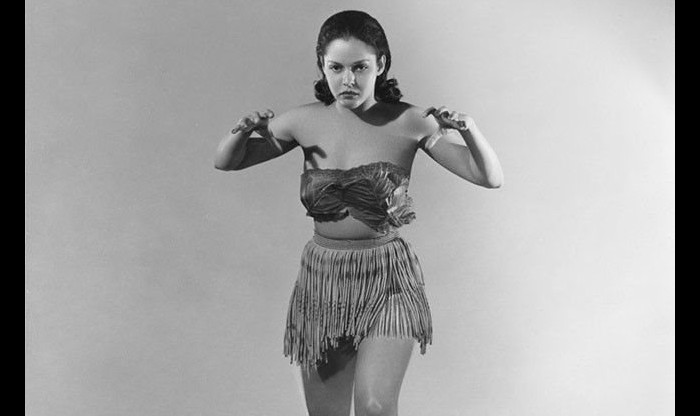
Captive Wild Woman
Director Edward Dmytryk cuts and pastes together a surprisingly coherent and enjoyable tale of a gorilla being turned into a woman by a nutty John Carradine in his first mad scientist role. The 1943 film made the mysterious Acquanetta an over-night star, and garnered two sequels, despite the fact that…
